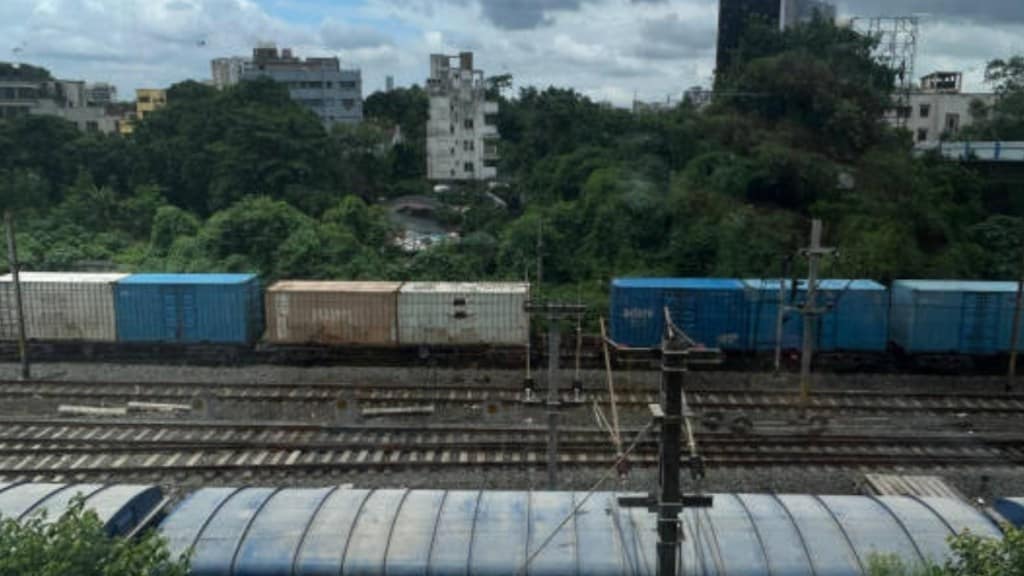Freight traffic on the Indian railways is slowing down with the first eight months of FY25 recording just 2.1% growth in volumes over the corresponding period last year.
The growth rate between April and November 2024 was lower than the government’s modest estimates of 4.4% presented in the FY25 annual budget. Experts said that the slowdown in the freight loading is partly due to the high base effect of the years immediately after the pandemic, but it does reflect the sluggishness of economic activity.
“For two years after the pandemic, the growth rates were higher due to low base effect but now the growth rates are coming down to the pre-pandemic levels,” said a former railways official.
For instance, in the pre-pandemic year (FY20), the growth rates stood at just 1%. This surged to 15% in FY22, 6.4% in FY23, and 4.7% in FY24.
Experts said that the drop in volumes is despite the railways keeping the freight rates low. “Over the past 2-3 years, the railways has been reducing freight rates in order to keep the traffic volumes on a high trajectory. But this move has had a limited impact,” said VP (consumer durables, electrical & capital goods) at Elara Securities.
The growth in freight revenue closely resembles the volumes. In FY22, the freight revenues grew 20% over the previous year . In the subsequent years though, the growth rate slowed down to 15% in FY23 and 4% in FY24. As per the FY25 budget estimates, the railways is expected to register freight revenue of Rs 1,74,500 crore, a growth of 7% on year.
In fact, railways has one of the lowest costs in the overall logistics sector. For instance, the freight movement in railways is lower (at Rs 1.36 per tonne per km) than the road segment – its biggest competitor – which stands at Rs 2.5 per tonne per km. Though the transportation of goods by water is lowest at Rs 1.06 per tonne per km.
The slowdown in the freight volumes is particularly concerning because the national transporter depends on this segment to cross-subside the losses in the passenger segment. Recently, the railways minister Ashwini Vaishnaw told Lok Sabha said that the railways provide a yearly subsidy of Rs 56,993 crore to passengers and offer a 46% rebate on ticket prices.
While the overall freight growth is tapering off, certain segments are still showing better growth. example, coal volumes, which are roughly about half of the total freight volumes, grew at 5.6% in April-November 2024 period. Though this growth rate is still lower than the growth rate of 9% projected in the FY25 budget. Segments such as iron and POL (petroleum oil and lubricant) have shown tepid growth in the April-November 2024 period.
“Despite the dedicated freight corridors taking over some traffic from the railways, its overall impact on boosting the freight traffic remains low. The western dedicated corridor will be able to draw some traffic once the unfinished stretch connecting to the JNPT comes on stream,” said Elara Securities’ Kapadia.
As per the National Rail plan, the railways is targetting 45% share in the freight transportation by 2030, up from around 27% at the moment. Being a low-cost mode of transport, railways can bring in a far-reaching economic benefits in terms of reducing the inflation and improving the aggregate consumption of goods.

